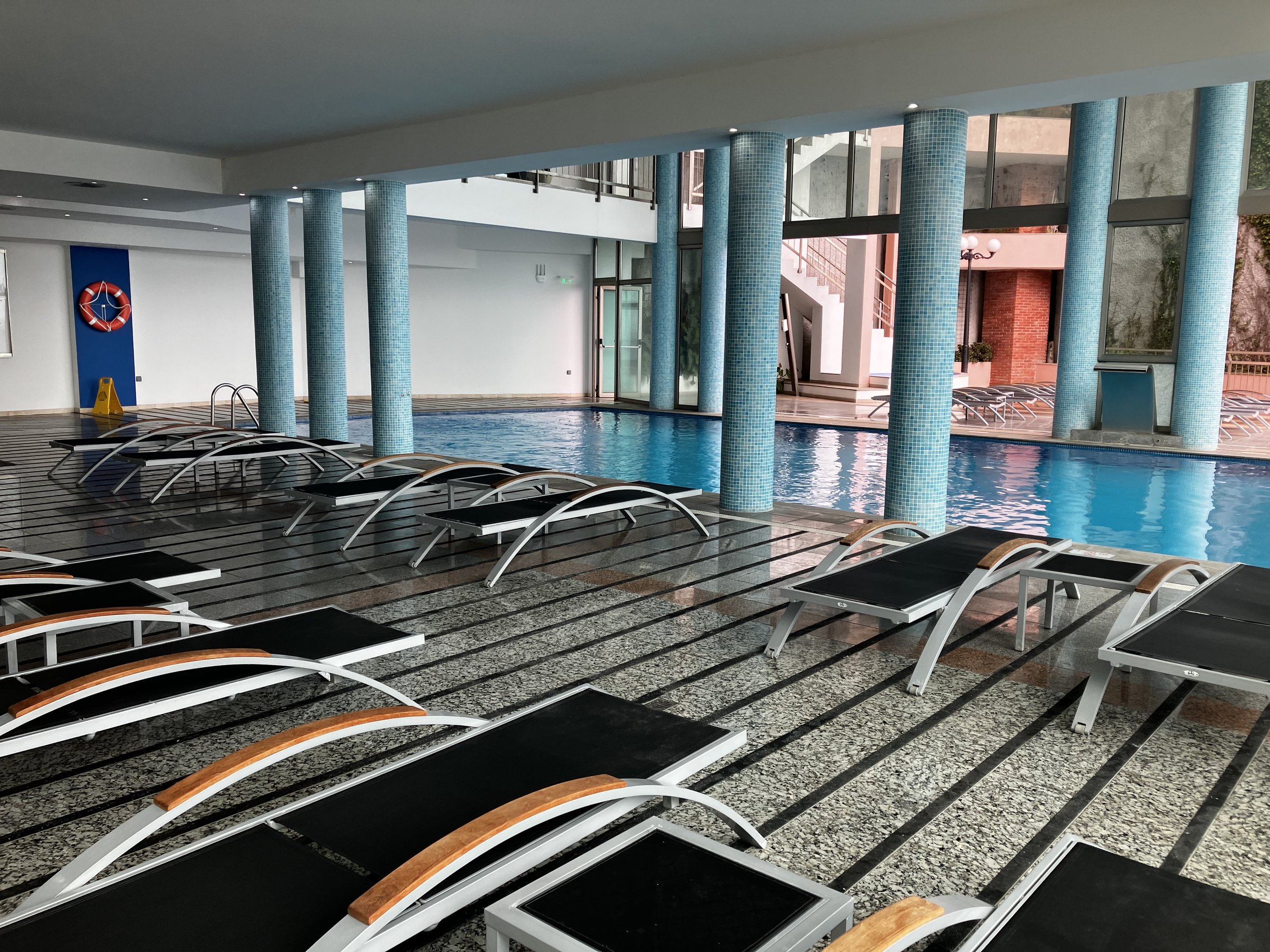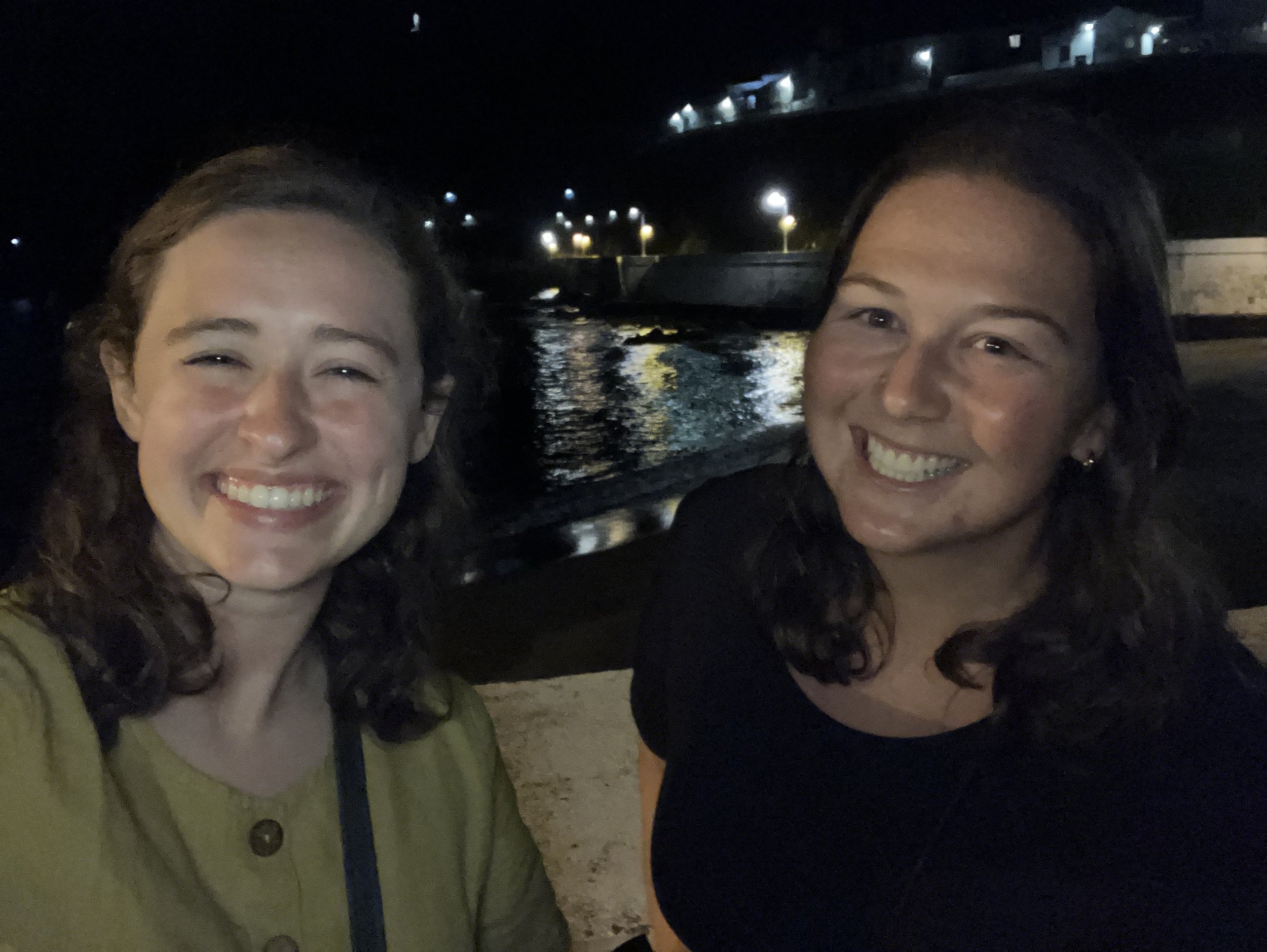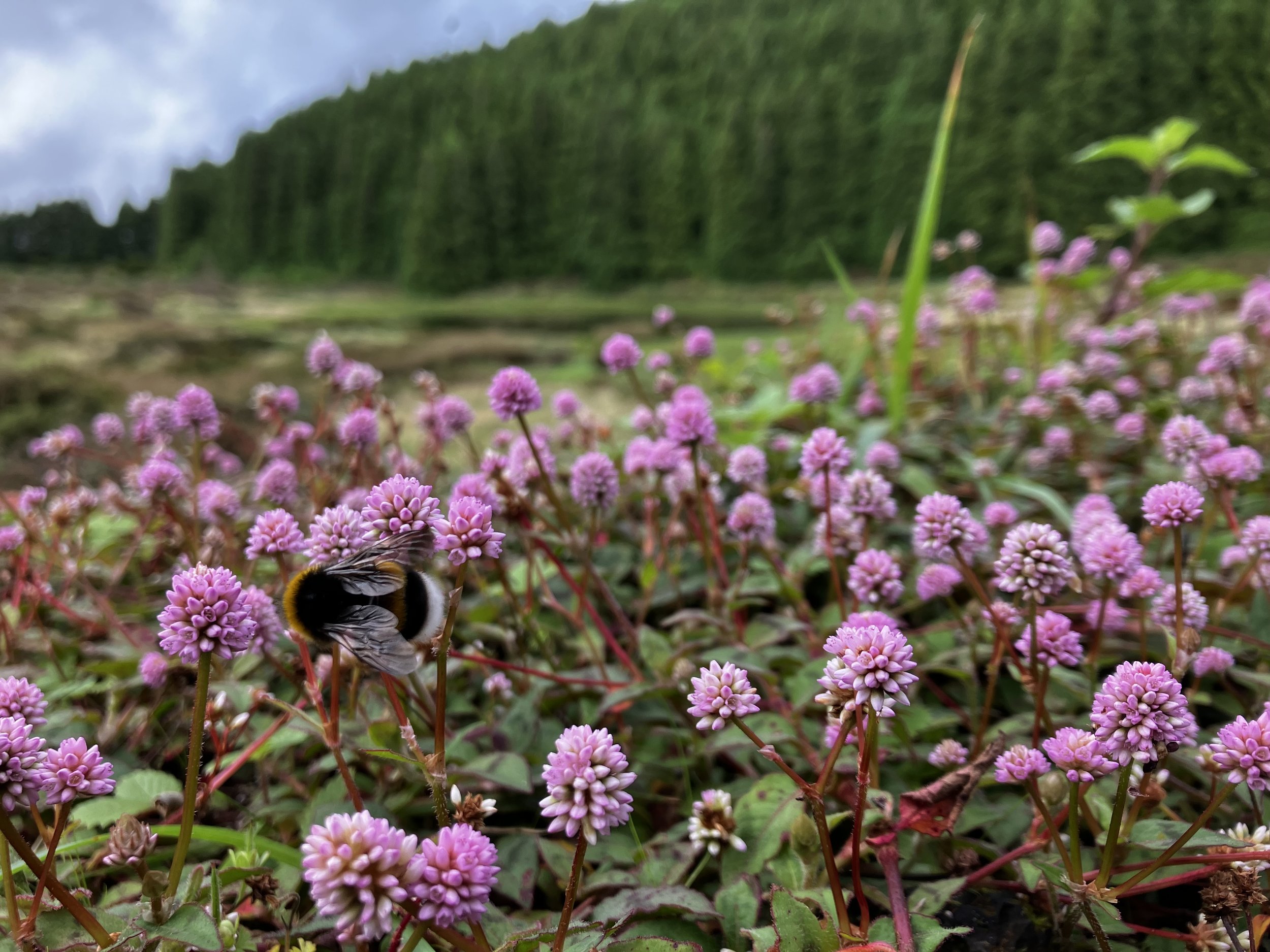Terceira, The Azores (Days Four & Five): Sightseeing in Angra do Heroísmo, Lava Tubes, & Volcanic Hiking
If you missed day three of our trip to the Azores, check it out here.
On day four, we caught a flight from Ponta Delgada over to another island, Terceira, or the lilac island. It’s one of the largest islands of the Azores, and it’s home to the oldest city of the archipelago, Angra do Heroísmo.
Accomodations/Transportation
For our accommodations, we stayed at the Barceló Angra Marina hotel in Angra do Heroísmo. The hotel is situated at the top of a very steep road and has limited parking in the lot attached to it. There is free parking along the hill leading towards the ocean/harbor, but sometimes it fills up and the grade of the hill made us wary of trying to parallel park in tight spots. The hotel itself was decent, though after our B&B on São Miguel, we realized it was severely lacking in charm. We made use of the pool the day we arrived, and we also ate at the hotel bar/restaurant, where I had a surprisingly really tasty chickpea burger. The hotel breakfast was a buffet with lots of choices, including some American and British breakfast options, and I ate far too many of the warm custard tarts.
For transportation, we again rented a car, since we’d be driving all over the island. This time, we went through Economy Rent-a-Car and had no issues with the rental experience itself; however, the car we got was a European make completely unlike anything we’d ever driven before, and it was very difficult to figure out some of the important features to make it drivable.
After relaxing in the pool, we walked down to the harbor to find dinner and ended up at a cute little cafe with outdoor seating called Cais de Angra. We had bruschetta that was loaded with garlic and cheese and for entrees, we both got tuna steak sandwiches with caramelized onions on ciabatta buns and sweet potato chips. Would recommend!
Day Five: Sightseeing in Angra do Heroísmo
Angra do Heroísmo was founded in 1478 and served as an important port-of-call during the maritime explorations of the 15th and 16th centuries, existing at the crossroads of significant trade routes. It is now considered a UNESCO World Heritage site, and the harbor used to serve as a major military and commercial port. Now, it is a visually stunning town that holds lots of charm. Some of the important sites include the Sé Catedral de Angra do Heroísmo, or Church of the Most Holy Saviour of the See, which was built from 1570-1618, and is the largest church in the Azores (pink church pictured below), and the Igreja Da Misericordia, or Church of Misericórdia (blue church pictured below), which was built in the 18th century on top of the site of the first hospital in the Azores, founded in 1492.
The morning of our first full day on Terceira, we walked through some of the streets and major sites just to get a feel for the city and a lay of the land. The colorful buildings, alleys strung with colorful banners and recycled art installations, and the gorgeous facades of some of these major sites immediately captured our hearts.
Mistérios NegroS Hiking Trail (3 miles)
This was the only real hike that I’d say we did in the Azores, and it was a good one! This is a 3 mile loop trail that takes you through some of the varied terrains of the island, including cow pastures on the valley floor, sparsely vegetated areas of heather and Japanese cedar, small lakes, forests of endemic trees pocketed by caves, and volcanic rock left behind by the 1761 eruption.
The trail is rated as difficult, but aside from the heat (as you can tell from our very red faces), I would say it’s more so moderate. It was muddy from rain at certain points, and the only actual challenging area was when you had to climb up the volcanic rock to emerge from the forest as you headed up towards Pico do Gaspar.
Algar do Carvão and Gruta do Natal
These lava tubes are located just down the road from each other and can be accessed with a €15 combo ticket. They have strange opening hours (they were open from 2-6 pm until the end of September), and they require you to wear closed toed shoes due to how slippery and sharp the volcanic rock is.
We started at Gruta do Natal, which is a cave 2,287 ft in length formed as a result of the lava fields in this area of the island. They have you don a hairnet and hardhat, then descend into the cave. It has quite high ceilings and a specific route to follow. Christmas mass is actually held in the cave, hence its name.
We then headed to Algar do Carvão. Our first sight here was a remarkably green volcanic chimney which ends almost 300 feet below in a freshwater lagoon. Due to the over 90% humidity all year round, the cave constantly drips water, making everything very slick. There are two “vaults,” one covered in silica stalactites and stalagmites and one marked by reddish ferric veins (or iron deposits).
For dinner that night, we returned to Angra do Heroísmo and opted for Tasca das Tias, one of the highly rated restaurants in the city. It had quite a wait, but we struck up a conversation with an older American couple (who definitely thought Mary and I were also a couple). The food here was so good. We ordered an appetizer of giant shrimp (which were a little difficult for me as the only-sometimes-fish-eater, because they still had their eyes and spindly long legs and antennae). For my entree, I had the rosemary tuna with sweet potatoes and a pepper and tomato slaw. We also splurged on a chocolate mousse dessert. No regrets!
Thanks for reading!
Up Next: Ponta dos Biscoitos & Alto da Memória





































